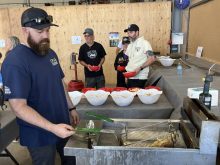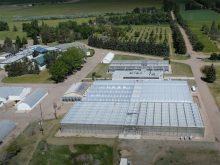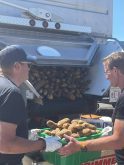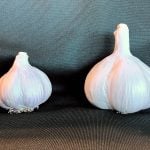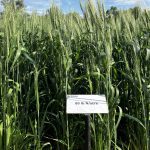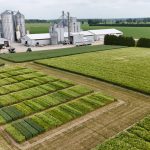Look out, Prince Edward Island. There’s a new leader in Canadian potato production.
In 2022, Alberta was number one in the country in production tonnage. Farmers grew almost 27 million hundredweight, or 21.8 per cent of Canadian potatoes, beating the island by 0.2 per cent, according to StatCan.
Producers may have had even more truckloads of spuds in 2023, said the executive director of the Potato Growers of Alberta.
Read Also
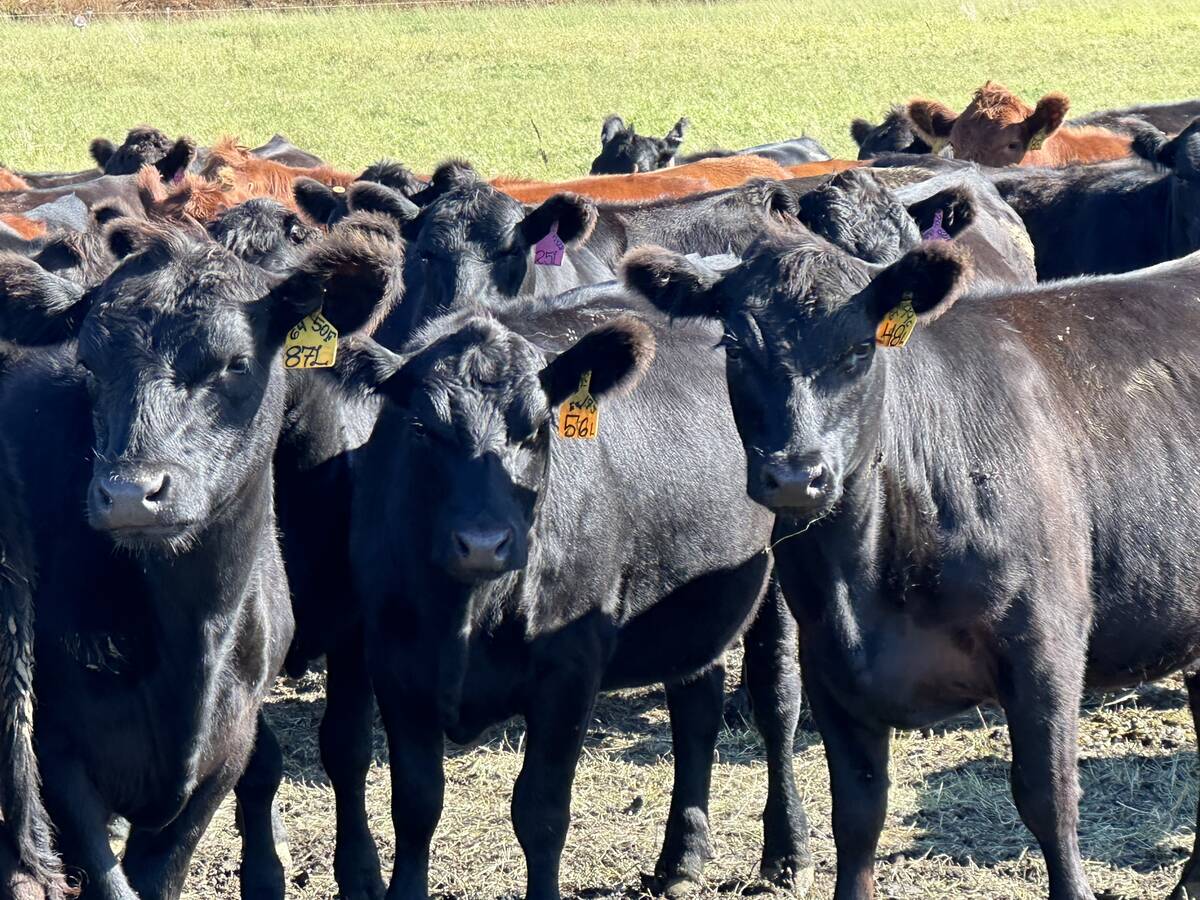
Want to track the cattle industry? Follow the heifers
Beef specialists examine key indicators in Canadian market for growth patterns in cattle markets
“Last year we planted 73,000 acres. This year we planted 80,000 acres,” said Terence Hochstein. Alberta potato producers’ average yield in 2022 was about 386.5 cwt./acre, sometimes known in the industry as bags per acre.
“I don’t know what our yields are going to be (in 2023), but I’m going to anticipate, based on the data I have so far, that it’s going to be close to 400 cwt./acre.”

Canadian growers had a good 2022 with a second consecutive record potato crop. P.E.I. produced the second largest share at 21.6 per cent and Manitoba came in third at 21.3 per cent.
Hochstein is somewhat ambivalent about the new record, noting both good and bad returns are “100 per cent” dependent on the weather. Although being number one makes for great bragging rights, Hochstein said it’s meaningless in the long run.
“It’s a number. It could change tomorrow if we have a bad crop. (PEI) could have a good crop and be back at number one. Manitoba had a hell of a good crop this year. They may outproduce us.”
Generally speaking, Alberta has two broad regions of potato growers: seed and table potatoes north of Calgary and processed potato products (chips, french fries) in the south.
Most Alberta potatoes are irrigated. Of the 80,000 acres planted to potatoes in 2023, Hochstein said 60,000 to 65,000 acres were under irrigation.
Most of these acres are in southern Alberta, where both processing and irrigation infrastructure are abundant. That hasn’t stopped some central and northern producers from setting up their own irrigation systems, said Hochstein.
“All of our processing potatoes — such as french fries and chips — are grown in irrigation while the majority of our seed and fresh potatoes are grown on dryland.”
But just because Alberta is growing more potatoes doesn’t mean there are more potato producers, said Hochstein, who credits industry growth to more acres under potatoes, better agronomics, conducive weather and long rotations.
“We grow potatoes on a piece of ground once every five years. Some are one in four. We try and strive for one in five. Some growers do it one in 10, so there’s a lot of other crops, a lot of other things happening in between potato crops.”
Earlier this year, a report commissioned by PGA outlined the various end-uses of Alberta-grown potatoes in 2022. Processing potatoes made up 63 per cent, followed by potato chips at 10.5 per cent, seed potatoes at 19 per cent and table potatoes at eight per cent.
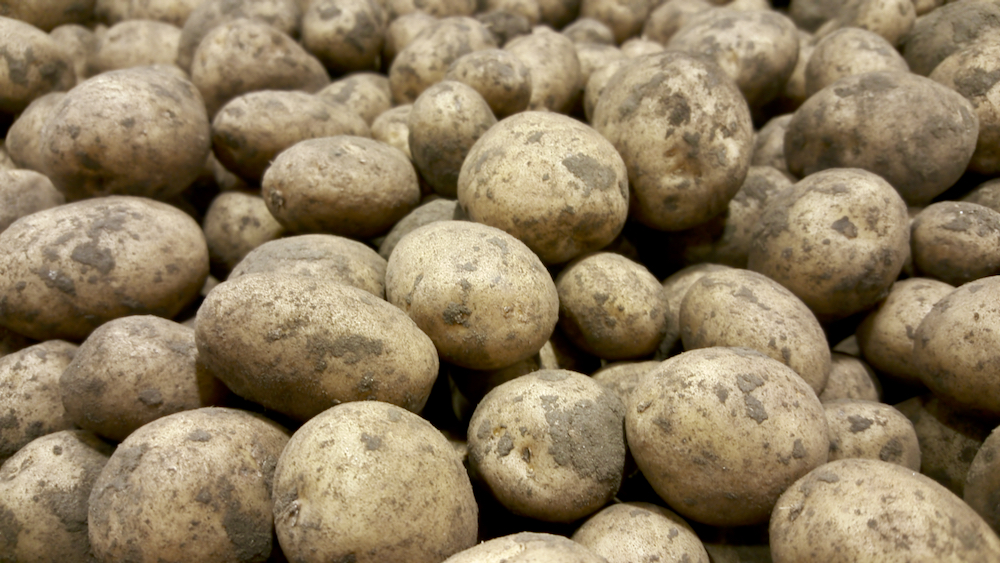
While seed potatoes may seem to pale in number compared to the processed tubers, those numbers can be deceptive, said Hochstein.
“Excluding the states of Washington and Idaho, we grow, produce and export more seed potatoes than anybody else in North America.”
Why does Alberta do so well with potatoes when so many cereal and canola crops have been struggling with drought?
It helps that most dryland potatoes are grown in central Alberta, which tends to get more rainfall than some other parts of the province.
“They get good rainfall up there, they get good heat during the day and it cools down at night, which is a perfect condition for growing potatoes.”
The Taber and Lethbridge area is ground zero for potato processing in Alberta, with plants owned by Cavendish, Lamb Weston, PepsiCo-Frito-Lay, Old Dutch and McCain Foods, which expects to complete an expansion in 2025.
Most potato products that run through these plants are exported because Albertans can’t possibly eat them all. Corporate ties to international companies are marks in the “win” column for processing potato producers, Hochstein said.
“These processing plants here in Alberta are not stand-alones. The Lamb Weston plant is one of 12, the McCain plant is one of many. The Cavendish plant is one of five. Those plants are all over the globe so they complement each other.”
Tony Kirkland, a long-time seed potato grower southeast of Spruce Grove, couldn’t be happier about the demand for Alberta spuds.
“It’s very exciting to be a part of the Alberta potato industry at this time and being able to call ourselves number one in overall production,” he said.
Kirkland grows his seed potatoes on dryland, this year scoring an above-average crop of 380 cwt./acre. He credits this primarily to the area’s healthy soil and more rain than many other parts of the province.
“In our area our average rainfall is anywhere from 15 to 17 inches,” he said. “This year we had 20-and-a-half inches of rain and the heat units were there. It started out very dry and then in the middle of June we ended up with five inches of rain. In some areas it was seven inches. It just took off from there,” said Kirkland.
“We have lots of number one soil in our area that is very high in organic matter and nutrients, which really helps us out moisture-wise. In some of our areas, we have three feet of topsoil.”
But the biggest ingredient in the recipe for success is what Kirkland and others describe as northern vigour, an effect seen in northern-grown potatoes that makes them hardier, better-producing and better-tasting. As well, isolation from other potato farms making the product less susceptible to disease.
“In some areas there’s commercial-grown potatoes and seed in very close proximity,” Kirkland said.
“In our area we’re six hours away from any commercial potato growers. It just keeps the disease pressure down.”




